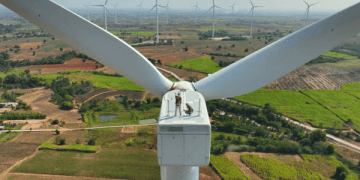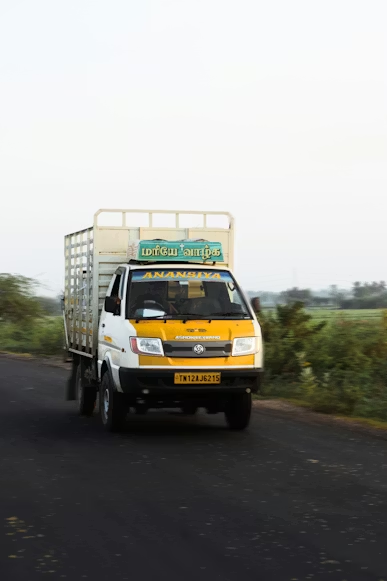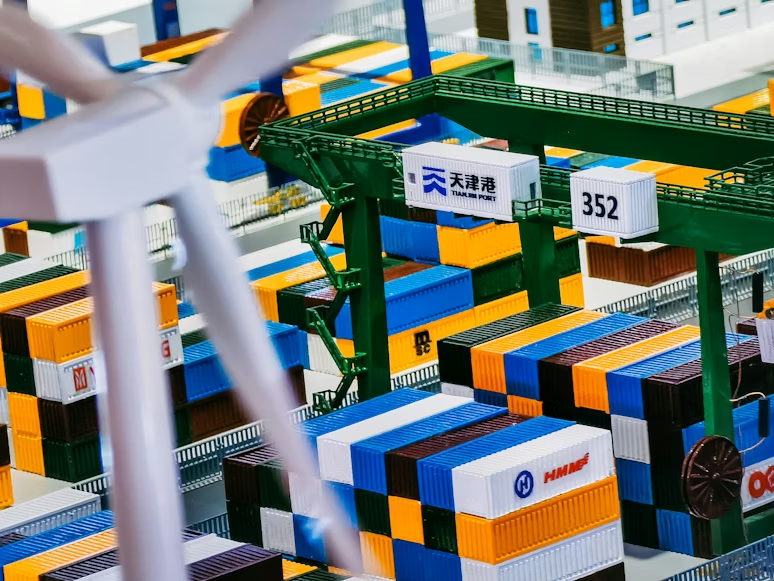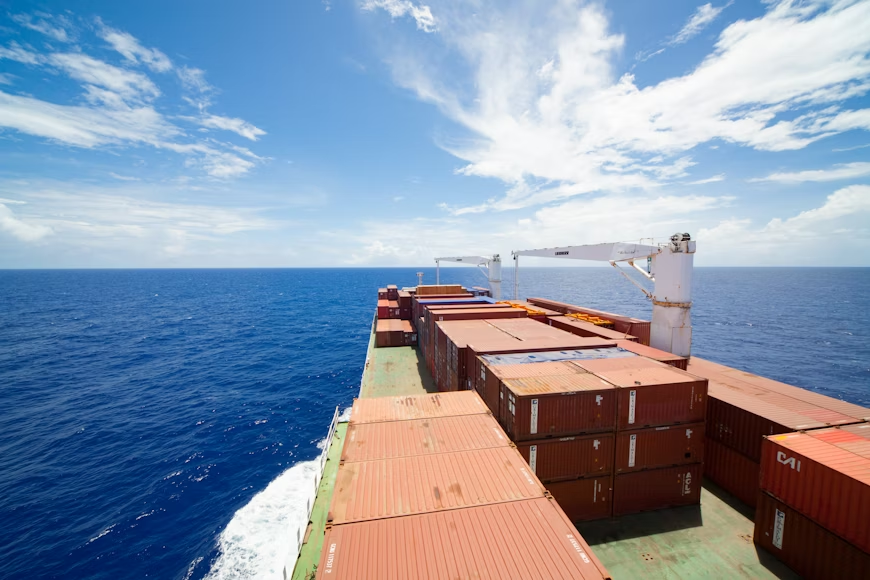The recent amendments to Vietnam’s green banking development plan are expected to help credit institutions better promote green credit. Green growth and sustainable development have become global priorities, with Vietnam also striving to address environmental challenges exacerbated by climate change. From 2017 to 2023, green credit in the banking system increased by about 22% annually. Many credit institutions have introduced green credit packages tailored to business needs. As of early 2024, outstanding green credit was estimated at 500 trillion VND (over 20.3 billion USD), accounting for 4.5% of total banking credit, still below expectations.
Barriers to green credit supply remain. One key challenge is the lack of a national green taxonomy, which is crucial for the State Bank of Vietnam (SBV) to evaluate credit effectiveness and for banks to design suitable products. Additionally, there is no comprehensive legal and policy framework for implementing green credit and sustainable finance. Nguyen Duc Lenh, Deputy Director of the SBV branch in Ho Chi Minh City, emphasized the need for regulatory amendments to improve access to green credit and foster green projects.
Pham Nhu Anh, General Director of MBBank, noted that while green credit at his bank accounted for 11% in 2023, interest rates for green loans are 0.5 – 2% lower than standard rates, yet many businesses still struggle to access them due to the absence of a clear legal framework. MBBank currently applies Environmental, Social, and Governance (ESG) standards in the absence of a national green taxonomy. Lim Dyi Chang, Senior Director at United Overseas Bank (UOB) Vietnam, highlighted the difficulty in identifying viable projects for green financing, pointing out that the bank evaluates ESG adoption, environmental impact, and human factors before making credit decisions.
In response to these challenges, the SBV issued Decision 1663/2024 in early August, amending Decision 1604/2018 to update the green banking development plan. The decision includes provisions for regularly updating the list of green projects and sets responsibilities for state agencies, such as issuing guidance on green credit and environmental risk management. Dr. Can Van Luc, Chief Economist at BIDV, noted that from now until 2040, Vietnam will need to mobilize around 368 – 380 billion USD, or 20 billion USD annually, for green development. A well-established legal framework is expected to unlock significant opportunities for credit institutions to support this effort.
Discover top stories in supply chain logistics news on The Supply Chain Report. For free tools related to international trade, visit ADAMftd.com.
#GreenBanking #SustainableFinance #GreenCredit #VietnamEconomy #ESG

















